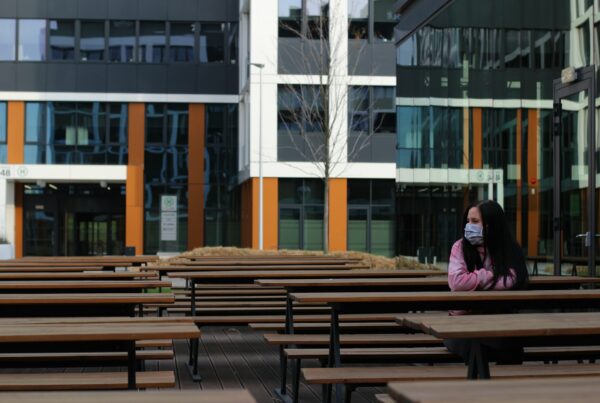by Singtuen, V., Phajuy, B., Pongsaisri, N. and Pailoplee, S.
ABSTRACT
The Sukhothai Kingdom, which emerged in the Yom River valley around the 13th-14th century AD, functioned as a trading post between the Gulf of Martaban and the central Mekong River basin and is now recognized as a UNESCO World Heritage site. The reasons behind the establishment of Sukhothai remain unclear, with limited research on the topic. This study explores significant geological resources within Sukhothai and its surrounding areas using field surveys, macroscopic analysis, geochemical analyses via portable X-ray fluorescence (pXRF), and Least Cost Path (LCP) analysis to hypothesize the factors contributing to Sukhothai’s prosperity. Archaeological evidence from the northern part of Sukhothai indicates that metal smelting dates back to prehistoric times, continuing through the Dvaravati period and possibly extending into the Sukhothai era. Field surveys have identified two types of ore deposits associated with archaeometallurgical slags: hydrothermal vein-type deposits related to volcanic rocks, and lateritic deposits accompanied by ancient kilns. Macroscopic analysis reveals that most archaeometallurgical slags are dark gray to black with a metallic luster and structures indicative of high-temperature smelting. Geochemical analyses show significant variations in FeO content, categorized into three levels: low, moderate, and high as well as contain notable concentrations of TiO2, MgO, Bi, Pb, As, Sn, Sb, Zn, and Cu. These findings align with ore sources, including quartz-metal veins in rhyolite, dacite, andesite, basaltic andesite, and absarokite, all rich in FeO and Zn. Lateritic deposits, dense and black, also contain high FeO levels suitable for iron production. Moreover, Sukhothai is rich in rhyolite exhibiting extensive kaolinization and illitization due to hydrothermal processes, making it a potential hub for kaolinite-based ceramics. The area also contains red sedimentary rocks that weather into red clay suitable for pottery. The strategic establishment of Sukhothai enabled control over valuable resources and facilitated trade and communication with other regions, as indicated by LCP analysis. This approach is vital for regional development, enhancing public understanding of geoarchaeology, and ensuring the sustainability of the Sukhothai Historical Park as a World Heritage Site.
![]()



